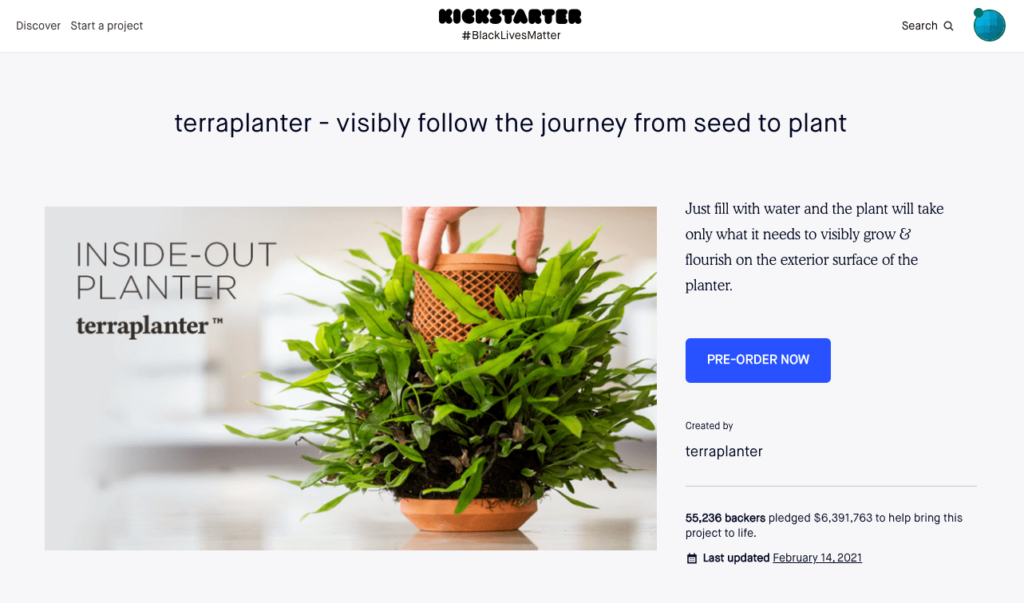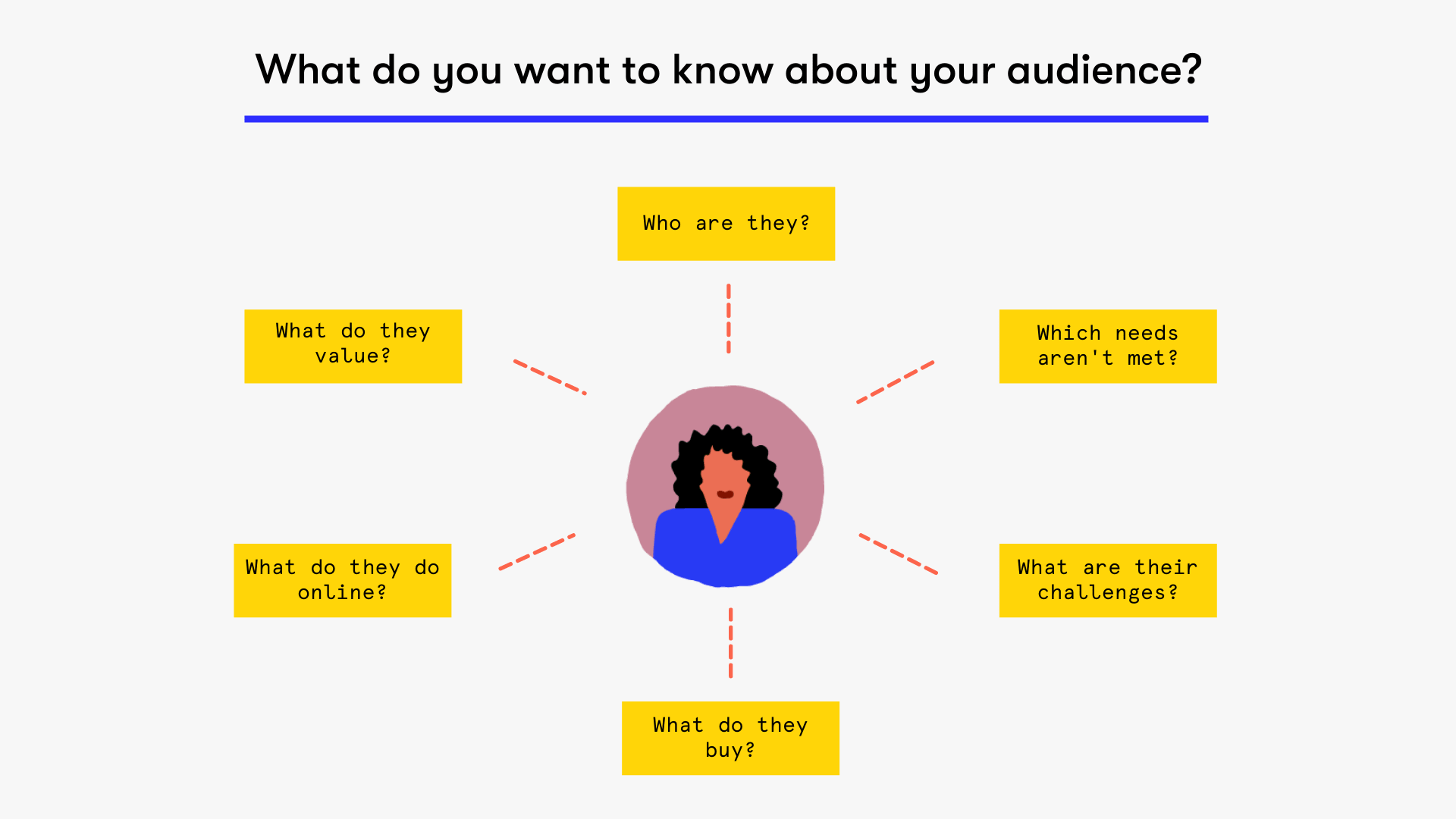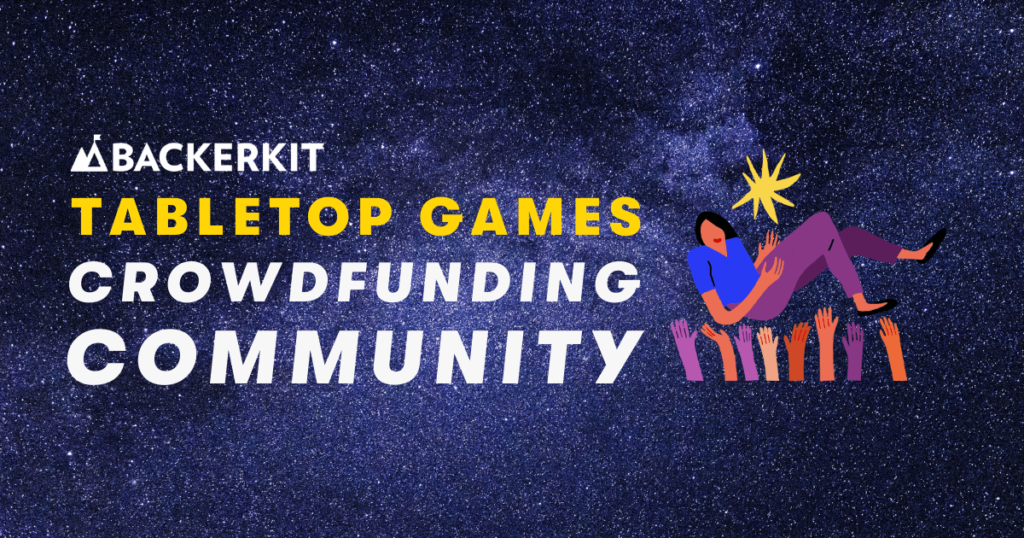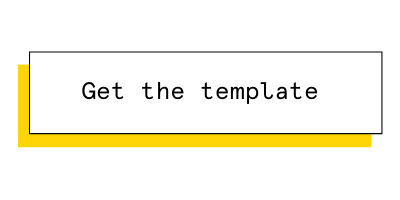Who is your crowdfunding project’s audience? It’s ok if you don’t have an answer right now, but you’ll need to find out before you launch. Audience research isn’t just something big companies do — your Kickstarter or Indiegogo campaign, regardless of the size, will benefit from you having a true understanding of your ideal backers and their needs. In fact, finding and learning about your target audience is one of the first things you should do when getting ready for your campaign.
Why is it important to identify your target audience?
You have what seems like an amazing concept for a Kickstarter or Indiegogo project. Naturally, you want the final product to be enjoyed by as many people as possible. Here’s the hard but obvious reality: everyone on Kickstarter or Indiegogo isn’t going to be interested in your product. That’s not a dig — it’s just the nature of product development.
Yes, it’s great to have a huge backer count. But by trying to be everything to everyone, you’ll ultimately lessen the impact of your product, and likely won’t give anyone exactly what they’re looking for. Instead, you’re more likely to run successful campaigns and hit your funding goal when you find your niche and make sure your project meets that group’s specific needs.
As a creator, you want true fans — people with a genuine appreciation for what you’re making, who will continue to support you down the line. The best way to find a true fan is by connecting with people who have already shown interest in the type of work you’re producing.
Narrowing your focus makes it easier to appeal to Kickstarter backers
Your target audience is simply the group of people who are most likely to back your project. They share similar characteristics, such as demographic attributes or interests. They’ll also have similar pain points.
If you think about some of 2020’s most-funded Kickstarter projects, you can probably glean some information about who the creators were targeting just by looking at their campaign pages.
For example, the Terraplanter, a low-maintenance hydroponic planter, is clearly designed for people who like plants, but let’s narrow that down a little more.

Terraplanter doesn’t require soil or dirt, and it’s very user-friendly. You can imagine that it might be a good fit for people who would love to grow plants in their home, but worry that they don’t have the necessary skills or tools. Terraplanter’s design is also very sleek so perhaps people who are interested in minimalist interior design would be interested in this project.
You can bet that most successfully funded projects — especially the ones that have broken crowdfunding records — were built around a deep understanding of who they wanted to reach. Learning about your target backers should be the foundation of your Kickstarter or Indiegogo plan. Here are just a few ways that doing this work before you launch will help as your campaign progresses:
- Developing your project and finding your “unique selling proposition”: You’ll be able to create the features that excite your backers when you home in on a specific set of users, determine what they want most, and find out what challenges they’re facing.
- Building your email list: Wondering how to get more Indiegogo or Kickstarter backers? It all starts with your email list. You want a list of people who will actually be interested in your project. If you know what kind of people you want to reach, you can focus your list-building activities on them and grow a strong community of people who are likely to pledge.
- Messaging and marketing: Outreach is more effective when you’ve narrowed down who you want to attract and have identified where they hang out (events, communities, etc.). It’s much more complicated and expensive to reach a larger group of people. Identifying the people who are most likely to be fans of your project also helps you create content for your campaign page, emails, and Facebook Ads that resonates with potential backers.
- Building brand loyalty and turning backers into advocates: Your backers will recognize that you understand them and their needs. This is the key to building lasting customer relationships.
Understanding your ideal Kickstarter backers: What do you want to know?
An ideal backer profile — also known as a customer profile — is a description of your target audience. Creating this profile allows you to visualize the types of people who will back (and benefit from) your project. Think of this profile as your North Star, guiding you through each stage of your campaign and helping you make decisions about how you develop, promote, and talk about your project.
Your ideal backer profile will be a mix of demographic information (quantifiable characteristics like location and age) and psychographic information (qualitative characteristics such as values, opinions, and hobbies). The information you need to find may vary some depending on your project, but the following questions should serve as a nice springboard.

- Who are they? Start with location and age and then add any other demographic information that may be relevant to your project.
- What’s important to them? Find out what their hobbies and interests are and what they do in their free time. This will let you know what they value and provide some insight into their personalities.
- What are their online habits? Determine which websites they visit and which social media platforms they use. Again, this will give you insight into what they value and let you know where to reach them.
- What are their buying habits? Consider which Kickstarter or Indiegogo campaigns they would pledge to and products outside of crowdfunding they would buy.
- What are their challenges? Your project should help your backers solve a problem. By identifying their challenges, you’ll be able to make sure you’re addressing a real need — this is called idea validation.
- How are their needs not being met? Your project should offer a unique solution to a challenge they’re facing, so find out how existing solutions may be letting them down.
You can make this document as detailed as you like, but you should be able to boil down each answer to a couple of sentences. You’ll be consulting this document throughout your campaign, so it helps if the information is easily digested.
 Need help creating your ideal backer profile? Download our free template here.
Need help creating your ideal backer profile? Download our free template here.
How to get the data you need: Learning about your ideal Kickstarter backers
You likely have assumptions about your potential Kickstarter or Indiegogo backers. But, the information in your ideal backer profile should be based on facts. Here are a few ways to collect the data you need.
1. Try surveys and polls
If you already have people on your email list, reach out to them for feedback. Ask them about what they’re looking for in a product like yours. Find out what their current perceptions of your project are. Mailchimp has a built-in survey tool. If you have a Google account you can try Google Forms survey. You can also use Facebook to poll people or just send out a basic email with a few questions — you don’t need to get too fancy.
2. See what Kickstarter backers are saying about other projects
Look for crowdfunding projects in your category. Can you tell who those creators are targeting based on their campaign pages (in the same way that we did with Terraplanter)? What comments are Kickstarter backers leaving for the creator? People will often leave constructive feedback for creators in the comment section that can give you insight into what they want.
3. Make time for social listening
Join an online community based around a topic that’s relevant to your project and see what conversations are happening. What do people seem to like? What don’t they like? Write down your observations.

4. Attend conventions and events
In-person events may not be an option right now, but there are plenty of digital conferences and conventions. WonderCon, for instance, would be interesting to comic book creators and toy designers, while last year’s digital Gen Con was perfect for tabletop creators. If there’s a Facebook group connected to the event, take the time to engage with other attendees. Network and find out about trends.
5. Make the most of playtesting
If you’re a tabletop creator, playtesting is a critical part of the game development process. It’s where you learn what’s working about your game and what isn’t. It’s also an opportunity to learn more about your future Kickstarter or Indiegogo backers. While you’re gathering feedback on your game, make sure to also ask questions that will help you fill out your ideal backer profile. Get some background information on your playtesters. What are their interests? Which online communities do they frequent? You may even want to include a few profile questions on your playtesting feedback forms.
Start filling out your ideal backer profile today
The more you know about your potential backers the better chance you have of connecting with them. Before you launch your Kickstarter or Indiegogo campaign, take time to learn about your ideal backers. To help you in this stage of your crowdfunding journey, we’ve created an Ideal Backer Template that you can use as you’re conducting research.

